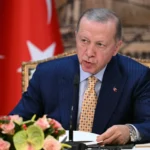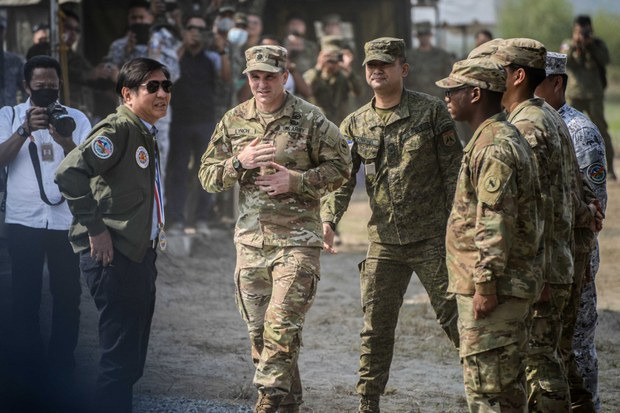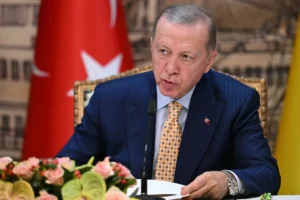The U.S. military plans to construct more than a dozen projects at four Philippine sites, including bases it will use under a newly expanded defense deal, a Filipino armed forces spokesman said Thursday.
The United States will fund and build 14 projects at locations, including the Lal-lo Airport in the northern province of Cagayan, which directly faces Taiwan, and on Balabac, an island in Palawan province that faces the South China Sea. The projects will include improvements at Naval Base Camilo Osias in Cagayan and at an army camp in Isabela, another province on the main northern Philippines island of Luzon, the military said.
Philippine military spokesman Col. Medel Aguilar said the projects consist of the construction of a pier, rehabilitation of a runway, establishment of a command-and-control fusion system and construction of a mess hall and Humanitarian Assistance and Disaster Response hangars.
“On the new sites, we have identified the projects in those areas,” Aguilar told reporters as he emphasized that the projects were aligned with military goals.
The projects “will strengthen our capabilities because these EDCA sites will facilitate the conduct of training,” Aguilar said, referring to the Enhanced Defense Cooperation Agreement, a bilateral pact that was broadened earlier this year.
Not for staging attacks
The construction will happen after Manila agreed under the EDCA to permit Washington to have access to more Philippine bases amid tensions between China and the U.S. over Taiwan and between China, Taiwan and countries that have contending territorial claims in the South China Sea.
While Aguilar did not say how much would be spent for the projects, the foreign affairs department previously said that Washington had informed Manila about plans to spend at least U.S. $100 million for upgrades at a total of nine military bases, which U.S. troops can access under the agreement.
The EDCA is a supplemental agreement to the Visiting Forces Agreement, a pact that specifically grants legal cover to large-scale joint maneuvers by the two longtime allies. In addition, the two nations are bound by the 1951 Mutual Defense Agreement to aid each other if one comes under attack.
Earlier this month, President Ferdinand Marcos Jr. told a security forum in Washington that Philippine bases would not be used to stage attacks against a third country.
Instead, he played down widespread public fears here that the Philippines would be embroiled in conflict should China attack Taiwan, a U.S. ally considered a renegade province by China.
In the Philippines, U.S. troops may position assets at EDCA sites to respond to emergency situations, including natural disasters.
“If we will be attacked, of course we can use that. Only if we are attacked, which is remote from happening,” Aguilar said.
‘Common dangers’
The defense treaty says each party recognizes that an armed attack in the Pacific region on either party “would be dangerous to its own peace and safety and declares that it would act to meet the common dangers in accordance with its constitutional processes.”
The treaty notes that such an attack “is deemed to include an armed attack on the metropolitan territory of either of the Parties, or on the Island territories under its jurisdiction in the Pacific Ocean, its armed forces, public vessels or aircraft in the Pacific.”
Aguilar said projects to be implemented at the new EDCA sites were “discussed at the higher level and as I have said, it’s aligned with the modernization program, the capability upgrade.
“Therefore, it is also us who identified [the sites] and it was agreed on both sides,” he said.
In April when the four bases were revealed, the U.S. Department of Defense said the locations would allow Washington “to respond more seamlessly together to address a range of shared challenges in the Indo-Pacific region.”
Source : RFA















